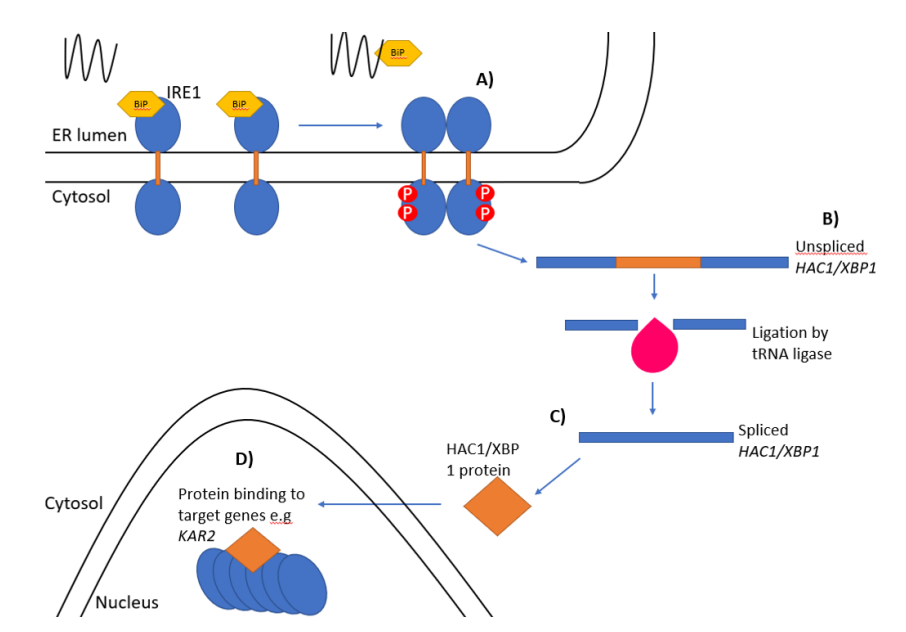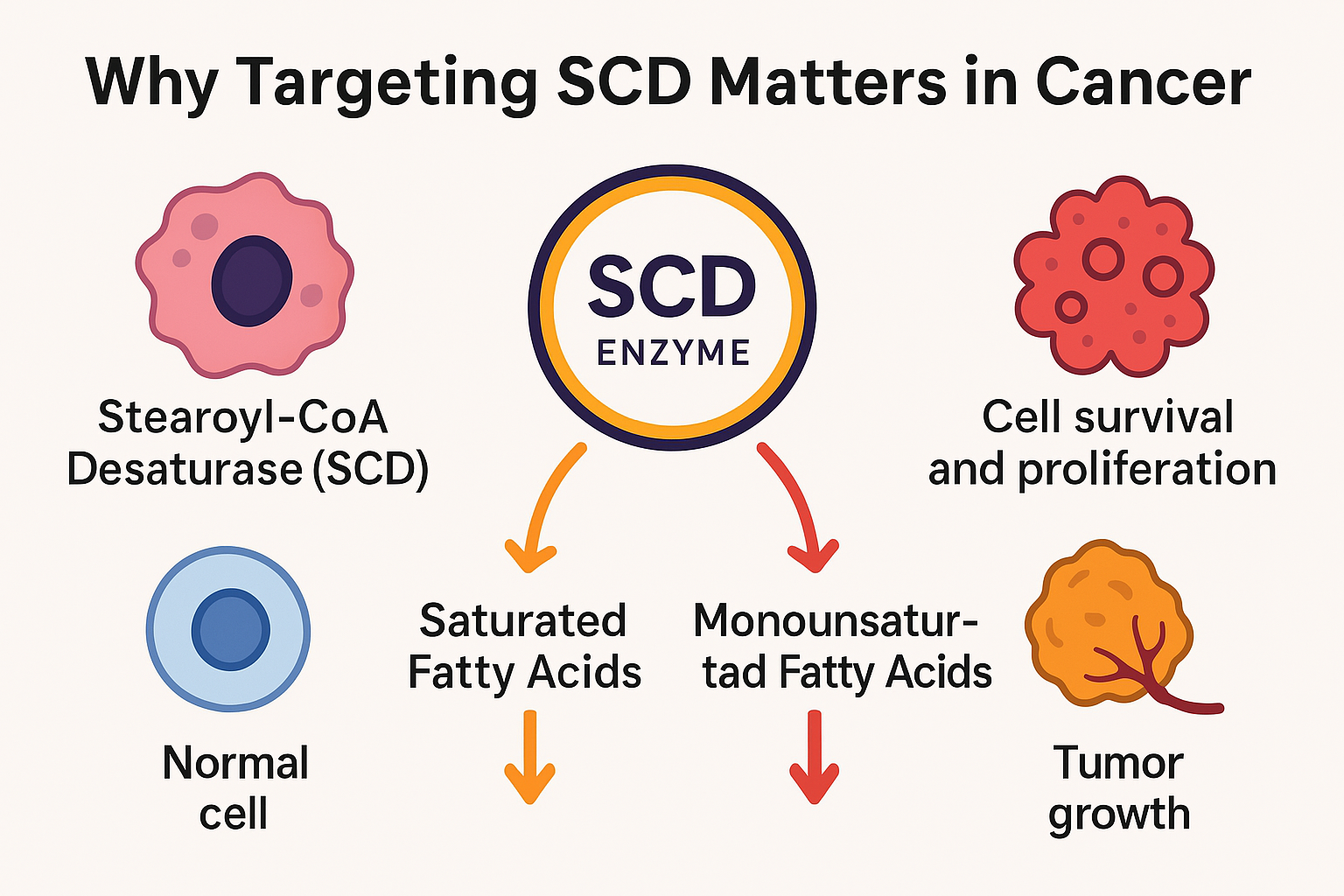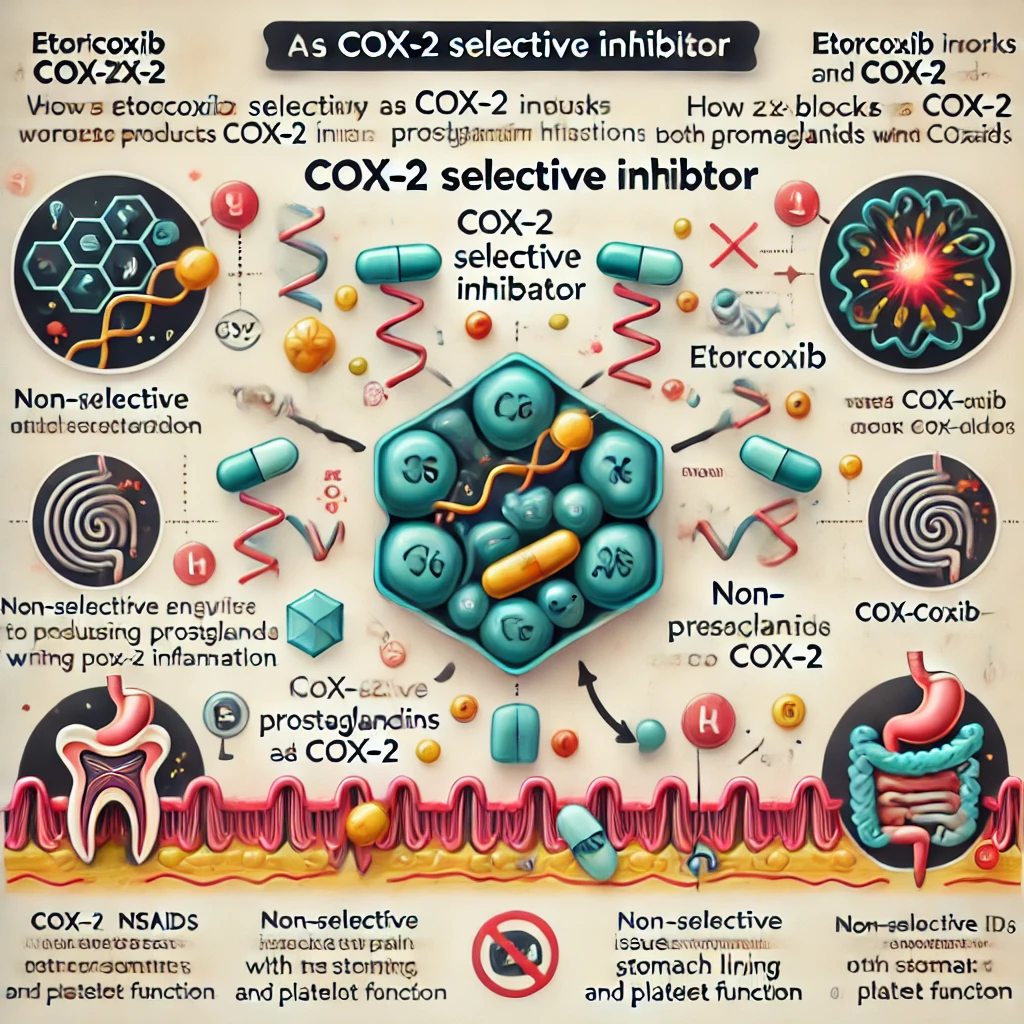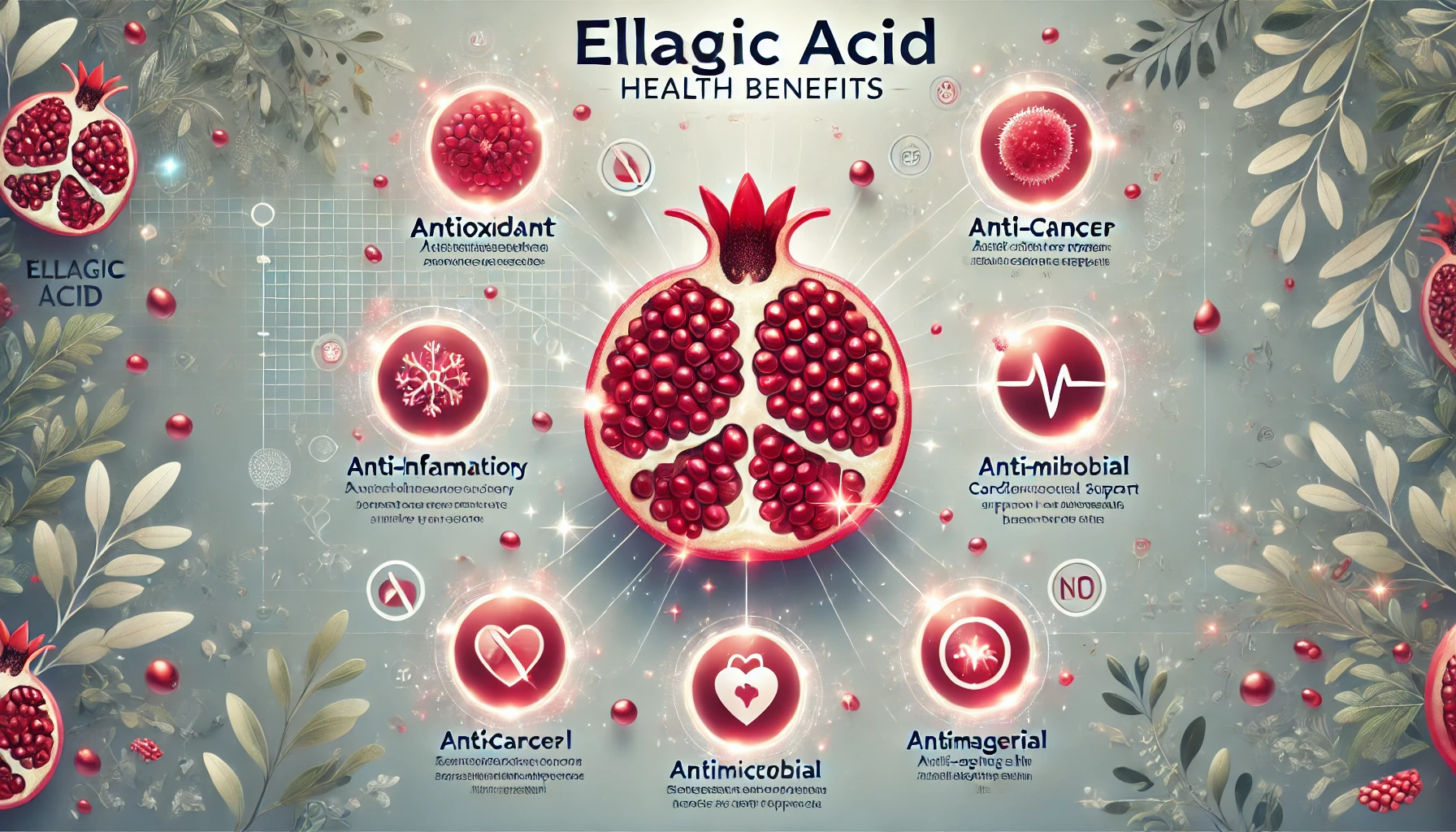Biktarvy-One of the Preferred Options for HIV Treatment
Abstract
Bictegravir (BIC), a second-generation integrase strand transfer inhibitor (INSTI), is approved in combination with emtricitabine and tenofovir at fixed doses for HIV treatment and has potent antiviral activity INSTIs in vitro against wild-type viruses and strains with first-generation resistance.
Introduction
Human immunodeficiency virus (HIV) infection is an immunodeficiency disease that threatens the health of all human beings, and the control and prevention of HIV infection and epidemic have become major global public health issues. Over the years, HIV prevention and treatment have always been important tasks in the field of global disease control. With the efforts of many experts and continuous exploration, the level of diagnosis and treatment of HIV infection has achieved continuous breakthroughs and great progress, and has made amazing achievements that have attracted worldwide attention!
In this environment, Biktarvy, one of the innovative “anti-AIDS” drugs, has been widely proven in clinical practice and well received for its highly effective antiviral, high resistance barrier, and good tolerability. The launch of Biceprobenox tablets has brought new benefits to HIV-infected patients.
Combination therapy for HIV often called highly active antiretroviral therapy (HAART), consists of two or more types of antiretroviral drugs. Combination therapy reduces the likelihood of drug resistance because HIV-1 strains are less likely to mutate and become resistant to all of the drugs used in the combination. Combination therapy can extend the life span of HIV-1 patients and can greatly reduce the likelihood of viral transmission.
Biktarvy was developed by Gilead Sciences.It was approved for marketing by the FDA in the US on February 7, 2018, and was rapidly approved in the EU four months later. The launch of the drug brings new treatment options for many patients with HIV. Biktarvy is the smallest triple combination monotherapy formulation currently available based on integrase strand transfer inhibitors consisting of bitterly 50mg/emtricitabine 200mg/propofol tenofovir, and BIC/FTC/TAF. Biktarvy features a backbone of FTC/TAF-based integrase Biktarvy is the smallest dose of the current triple combination of anti-HIV drugs that can simultaneously treat hepatitis B and have a high resistance barrier.
Biktarvy is a standard example of a combination drug that can be used as a complete regimen for the treatment of human immunodeficiency virus (HIV/AIDS). Biktarvy is used as a complete regimen, without the need to combine any other drug, for the treatment of adults with HIV-1 infection without current or prior evidence of resistance to the integrase analogs emtricitabine or tenofovir. No dose adjustment of Biktarvy is required in patients with an estimated creatinine clearance (CrCL) ≥ 30 mL/min. One tablet of Biktarvy daily is not restricted by time or place and does not need to be taken with a meal. Biktarvy treatment is highly effective, improves the quality of life, and has a positive effect on patients’ conditions.
The efficacy and safety of Biktarvy are well documented, and since its launch, it has brought full protection to many HIV-infected patients. The main side effects of Biktarvy are as follows.
- the most common side effects are dizziness, headache, and nausea.
- Bictegravir can cause a pseudo-elevation of creatinine, so cystatin C and beta-2-microglobulin need to be increased to better assess the glomerular filtration rate. Also pay attention to the interval of intake of metal cations, like calcium tablets, vitamins and the like to be staggered with the drug for 6 hours.
- of the drug, emtricitabine is likely to cause the side effect of elevated bilirubin, especially with elevated total bilirubin, but this elevation does not represent an abnormal response of the liver.
- the side effect of dyslipidemia with TAF.
- the side effect of osteonecrosis was also found to exist, but the exact cause is unknown and is suspected to be inhibition of the reabsorption of metal ions by the renal tubules
- the use of the drug is not recommended for patients with a history of depression and psychiatric disorders.
Bictegravir (BIC) is a novel integrase inhibitor and one of the components of the new drug Biktarvy. Bictegravir is cleared from the liver primarily by cytochrome P4503A4 (CYP3A4) oxidation and UDP-glucuronosyltransferase 1A1 (UGT1A1) glucuronidation. Therefore, potent inducers of UGT1A1 and CYP3A4 (e.g., rifamycin/anticonvulsants) should be avoided due to significantly reduced Biktarvy serum exposure. Chelation with multivalent cations reduces absorption; otherwise, drug-drug interactions are rare.
Bictegravir is a modified version of dolutegravir, and there are certain differences between the two drugs and their uses. The polarity and storage temperature are different.
1. the use is different: Bictegravir is can be combined with other drugs to treat HIV, and Dortilavir can treat human immunodeficiency virus (HIV) infection.
2. different models: Bictegravir is an integrase inhibitor, while Dolutegravir is a tablet formulation.
3. storage temperature is not the same: Bictegravir is required to be stored at a temperature of about -20 ℃, while Dortilavir under sealed conditions can be stored at 30 ℃ or less.
Biktarvy’s innovative Bictegravir structure provides potent and sustained suppression of HIV replication for people living with HIV. Biktarvy is available for HIV antiviral therapy for people of all ages in need and is effective in emergency post-exposure HIV blockade.
- Note: This article is only a scientific article, MuseChem only provides products for research use.




